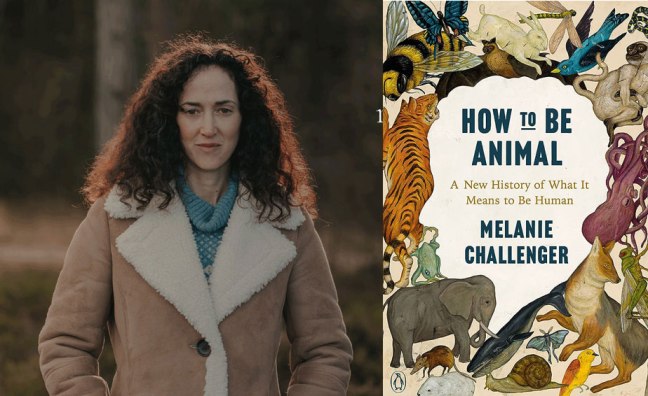It’s easy to see that our morals and ethics are lagging far behind our scientific understanding and the technology it enables. The missing link is philosophy. It’s not easy or popular, but Melanie Challenger is up to the challenge. In How to Be Animal: A New History of What It Means to Be Human, Challenger breaks down a number of complicated problems and perspectives, analyzing the origins and natures of our beliefs, and offers a vision for a more consistent approach with regards to “being human” in our natural world.
Challenger has an uncanny ability to define and dissect what many hold to be the crowning difference of humanity from the rest of the natural world – the human mind, and in so doing, makes her point that nothing happens without the body, and that the human body is not so different from every other sort of animal body. She segues effortlessly to dehumanization, riffs on trans-humanism, and is adept at demonstrating the power of ethics and morals as applied to both humans as animal and animals in a world ruled by the predator (supposedly) with a conscience.
Brevity is her friend. She makes her points and entertains the mind in the process. We are blazing into uncharted waters, creating problems and evading solutions by reframing the problem as a solution. Hypocrisy will only get us so far. Reality always wins out in the end, and that’s when we need a book like this to firmly and logically show us the worth and power of not just our intellect, but our emotions, our compassion. If we honestly and fully direct our thoughts at the full spectrum of life, we’ll understand the continuity, the unbroken line between our highest achievements and the wondrous life of a single cell. The future, William Gibson told us, has arrived – it’s just not evenly distributed. Melanie Challenger gives us the tools to explore the incoming hints of that future, to be human and remain animal, breathing, seeing, compassionate, alive.
Melanie Challenger did something quite remarkable in our conversation. She used her own tools, those presented in How to Be Animal, to deal with a ripped-from-the-headlines (by YT) problem. She is every bit as smart talking about her book as one might expect from reading it, and entertaining. Here’s the link, or listen below in the event you find yourself in the midst of your own ripped-from-the-headlines problem.




